CORLAS 2014 - COLLEGIUM OTORHINOLARYNGOLOGICUM AMICITIAE SACRUM, ISTANBUL, TURSKA (Kolovoz 2014) http://www.collegium2014.com
SIMPOZIJ - RINOLOGIJA (Prof. Klapan/pozvani predavač)
Simpozij
Pozvani predavači: Wu Hao (Taiwan), Iro Heinrich (Danska), Yeh Te-Huei (Kina), Pezato Voegels/ Richard Louis (Brazil), Thorstensen Steinsvåg Sverre (Norveška),
Fujieda Shigeharu (Japan), Welge-Lüssen Antje (Švedska), Ivica Klapan (Hrvatska)
Ivica Klapan
Medicinski fakultet Sveučilišta u Zagrebu, Medicinski fakultet Sveučilišta J. J. Strossmayer u Osijeku i Poliklinika Klapan Medical Group, Zagreb, Ilica 191A, HR-10000 Zagreb, Hrvatska, EU (www.poliklinika-klapan.com)
Predavanje: Virtual reality and 3D-navigation operating planning
systems in rhino environments
BACKGROUND: Additional research in the area of 3D image analysis, visualization, tissue modelling, and human-machine interfaces provides scientific expertise necessary for developing successful 3D visualization of the human head during navigation-3D-CAS, tele-3D-CAS, and other VR (virtual reality) applications. The usual definition says that the impression of being present in a virtual environment, such as VE/tele-VE of the patient’s head, that does not exist in reality, is called VR. If we would like to understand the idea of VR, it is necessary to recognize that the perception of surrounding world created in our brain is based on information coming from the human senses and with the help of a knowledge that is stored in our brain.
STUDY DESIGN: Ordinary, and occasionally even expert surgeons may need some additional intraoperative consultation (or VE/3D support), for example, when anatomical markers are lacking in the operative field due to trauma, war injuries, bleeding, etc. Now, imagine that we can substitute artificially generated sensations for the real standard daily information received by our senses. In this case, the perception system in humans could be deceived, creating an impression of another “external world” around the man.
RESULTS: What will ENT surgery look like in the next decade? Systematic approach will be combined with modern tools for medical imaging and additive manufacturing: computer-based system for virtual endoscopic assistance, extending physician’s visualization and orientation in the anatomical space, comprehensive detailed 3D procedure planning with possibility to prepare and consider several scenarios quickly, follow-on illustration-piloted endoscopy, real-time processing and fusion of the 3D-MSCT data and endoscopic video that helps preventing undesirable intrusions into sensitive areas with instruments during surgical procedures, additional visual tools about objects examined/implemented in system (layers, volume, surface distances), tangible and realistic models produced with additive manufacturing technologies, virtual planning and simulation of operation various surgeries, with complex spatial relationships.
CONCLUSIONS: All systems of simulated reality share the ability to offer the user to move and act within the apparent worlds instead of the real world. Any member of my surgical team, has impression of presence in the virtual world and can navigate through it and manipulate with virtual objects, and replace the true reality with the simulated reality that enables precise, safer and faster diagnosis as well as surgery.
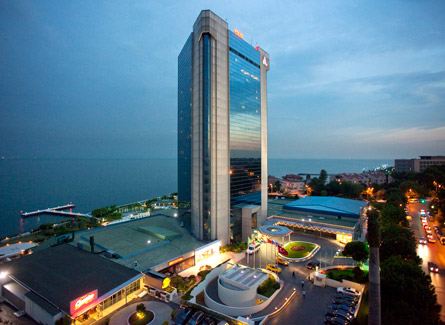
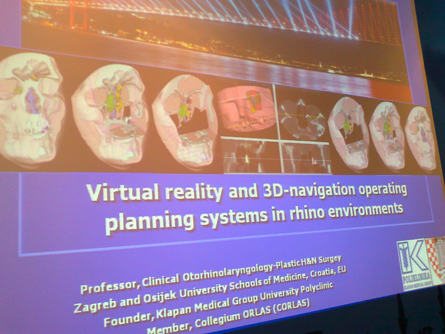
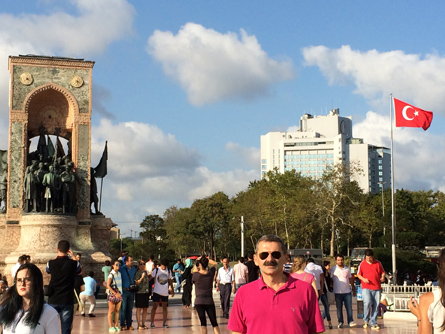
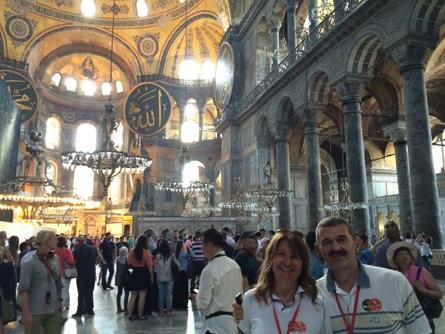
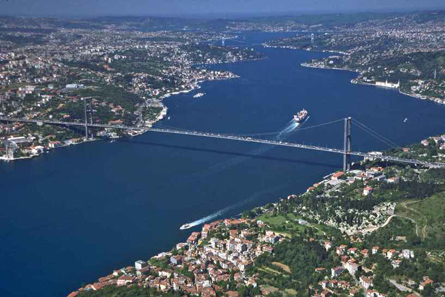

.jpg)




.jpg)

